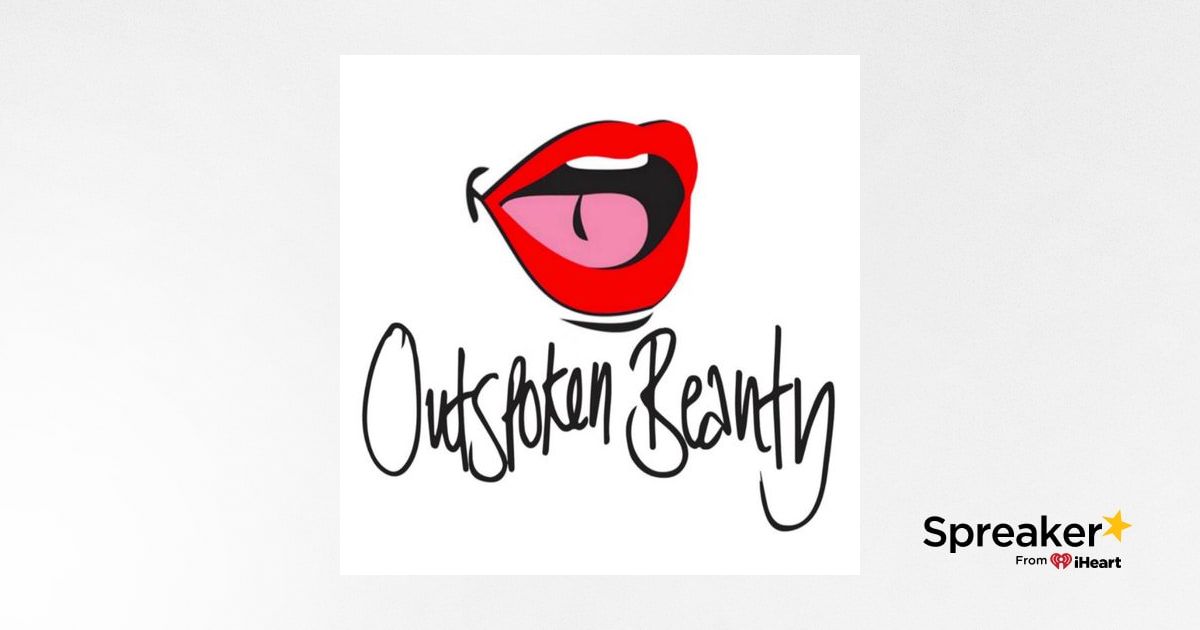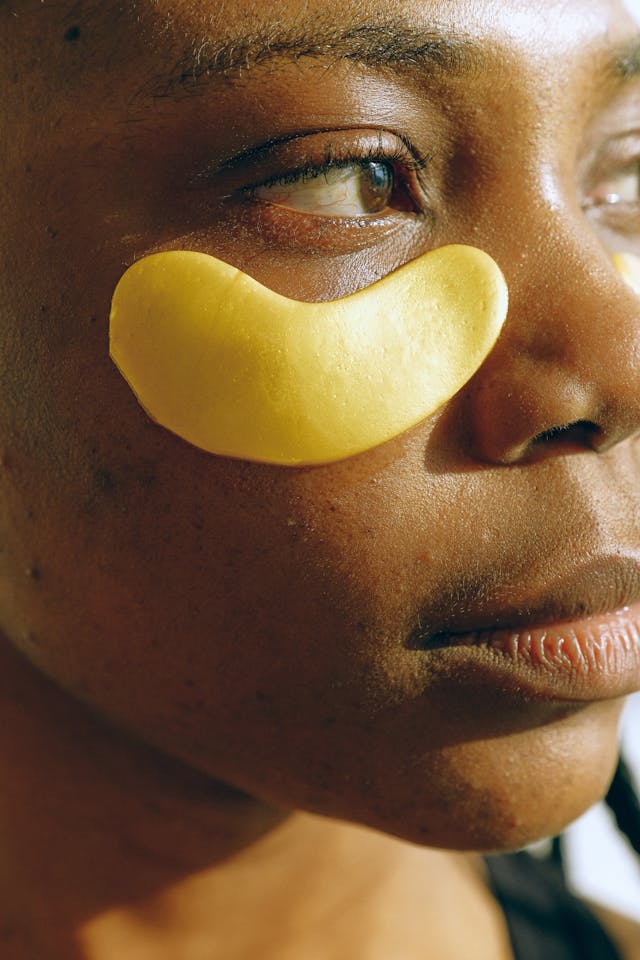Should you stay away from nanoparticles in sunscreen?
Critics say that zinc oxide nanoparticles are so small, they’ll penetrate your skin and give you all kinds of nasty diseases – like cancer.
The panic got so out of hand, the few brands that had started using this technology quickly backtracked. Now you’ll more easily find a needle in a haystack than a nano-based sunscreen at Sephora.
It’s a shame because science says they’re not as bad as they’re made out to be. Plus, they have a few properties that make these sunscreens more pleasant to use.
Here’s the truth about nanoparticles in sunscreen:
What Are Nanoparticles??
Nanoparticles are very, very, very tiny (less than 1000 nanometers thick) particles of a substance. Nano is short for nanometre. That’s one billionth of a metre or, in lay terms, about one thousandth of the thickness of hair. That’s how small these particles are.
While nanoparticles can occur naturally (think minuscule droplets of sea spray), those in your sunscreens are man-made. To cut a long story short, nanotechnology takes zinc oxide and titanium dioxide, two large particles, and makes them super small.
No wonder people are scared these molecules can get through the skin, infiltrate the blood stream, and make you sick!
Zinc oxide and Titanium dioxide nanoparticles first became available in sunscreens in the 1980s, became popular in the 90s, got a bad reputation in the 00s and are just now starting to make their way back into your skincare products.
How do you know if your sunscreens contain nanoparticles? Look for the words “nano” or “micronised” on the bottle.
Benefits Of Nanoparticles In Sunscreen
Ever wondered why so many sunscreens are so thick and greasy?
Blame it on Titanium Dioxide and Zinc Oxide. These white minerals protect you from both UVA and UVB rays without irritating your skin.
But their unpleasant texture leave a greasy sheen all over your skin…. and a white cast that makes you look like Caspar The Ghost. Ugh.
Enter nanotechnology.
By making Titanium Dioxide and Zinc Oxide much smaller, they literally become invisible. You know what that means? No more white cast! Yay!
Plus, their textures aren’t greasy anymore. You can pile on the layers without feeling like your skin is being suffocated.
Related: Is Zinc Oxide The Best UV Filter Ever?
How effective is your sunscreen? Sign up to the newsletter below to receive the “Sunscreen Audit” Worksheet and find out if your sunscreen is really up to the job:
Are Nanoparticles In Sunscreen Dangerous?
Nanoparticles in sunscreen sound awesome, right?
Not according to its critics. Here’s the deal: we know that normal-sized zinc oxide and titanium dioxide are too big to penetrate the skin. They just sit on its surface, where they can’t cause any serious (think like cancer) side effects.
But, these much smaller sizes? Are they as harmless?
Well, some studies have found something worrying: these nanoparticles can produce free radicals, the molecules that damage DNA cells. Scary, right?
(Before you get too scared, even metabolic processes like breathing create free radicals – and you can’t stop breathing. The goal isn’t to get rid of free radicals completely. The goal is to reduce their negative impact as much as possible).
But, there’s a catch. They do this only when they penetrate past the outer dead layers of the skin and into the living cells.
This would also make them useless as sunscreens. UV filters must stay on top of the skin to work. How else could they stop those pesky UV rays from getting in and damaging your skin?
Can Nanoparticles Penetrate Skin?
Short answer: nope.
Current research is clear: nanoparticles remain on the surface of the skin and can’t reach the living cells.
But, if you’re really worried about free radicals, just use your sunscreen together with an antioxidant serum. That’ll destroy those free radicals before they can do any real harm.
FYI, you should use your sunscreen with an antioxidant serum anyway. I always apply my Vitamin C serum before sunscreen. Why?
The truth is, even SPF 100 lets 1% of UV rays get through the skin – and that 1% generates free radicals. By using an antioxidant serums you’re counteracting that damage. Smart.
Don’t take just my work for it. A study published in the Nanotechnology, Science and Applications Journal has found that “Given the growing commercial and scientific interest in the use of nanosized TiO2 and ZnO in sunscreens, this paper highlights the effectiveness and safety of NP sunscreen formulations.”
Related: What Are The Best Antioxidant Serums?
The Real Problem With Nanoparticles In Sunscreen
Topical application of nonaparticles is safe. Inhalation is another matter entirely.
Studies done on rats show that, when inhaled, nanoparticles can damage animal lungs. I couldn’t find any studies on humans but, just to be on the safe side, don’t breathe this stuff in.
I’m already avoiding spray sunscreens for another reason. You don’t see it, so it’s much harder to create an even layer of protection on your skin.
To recap: nano cream sunscreens = yay! Nano spray sunscreens = no way!
The Bottom Line
Nanoparticles in sunscreens are safe. If you’re concerned about nanoparticles, just avoid spray sunscreens or opt for other formulas with synthetic filters that don’t leave you look like Caspar The Ghost.





























